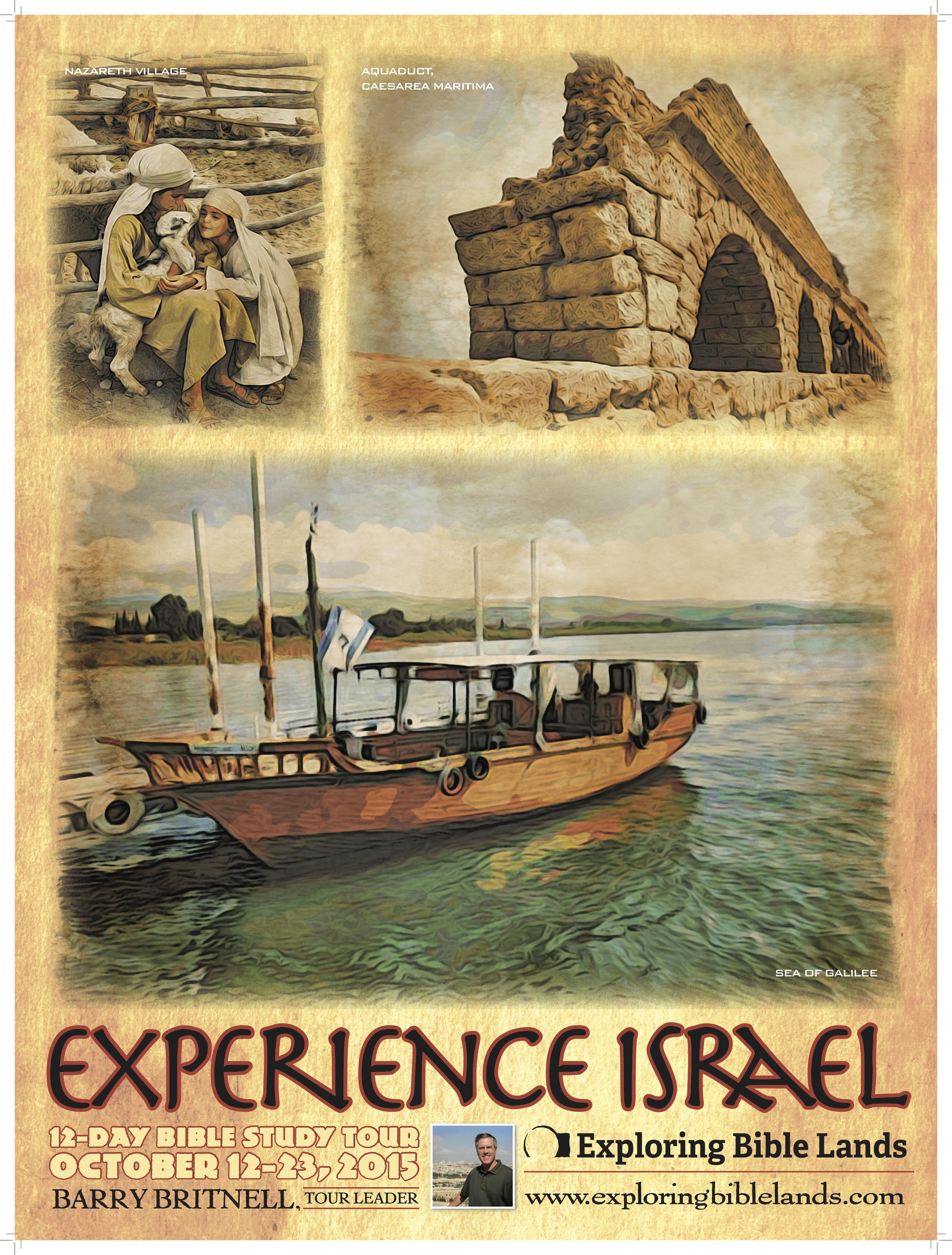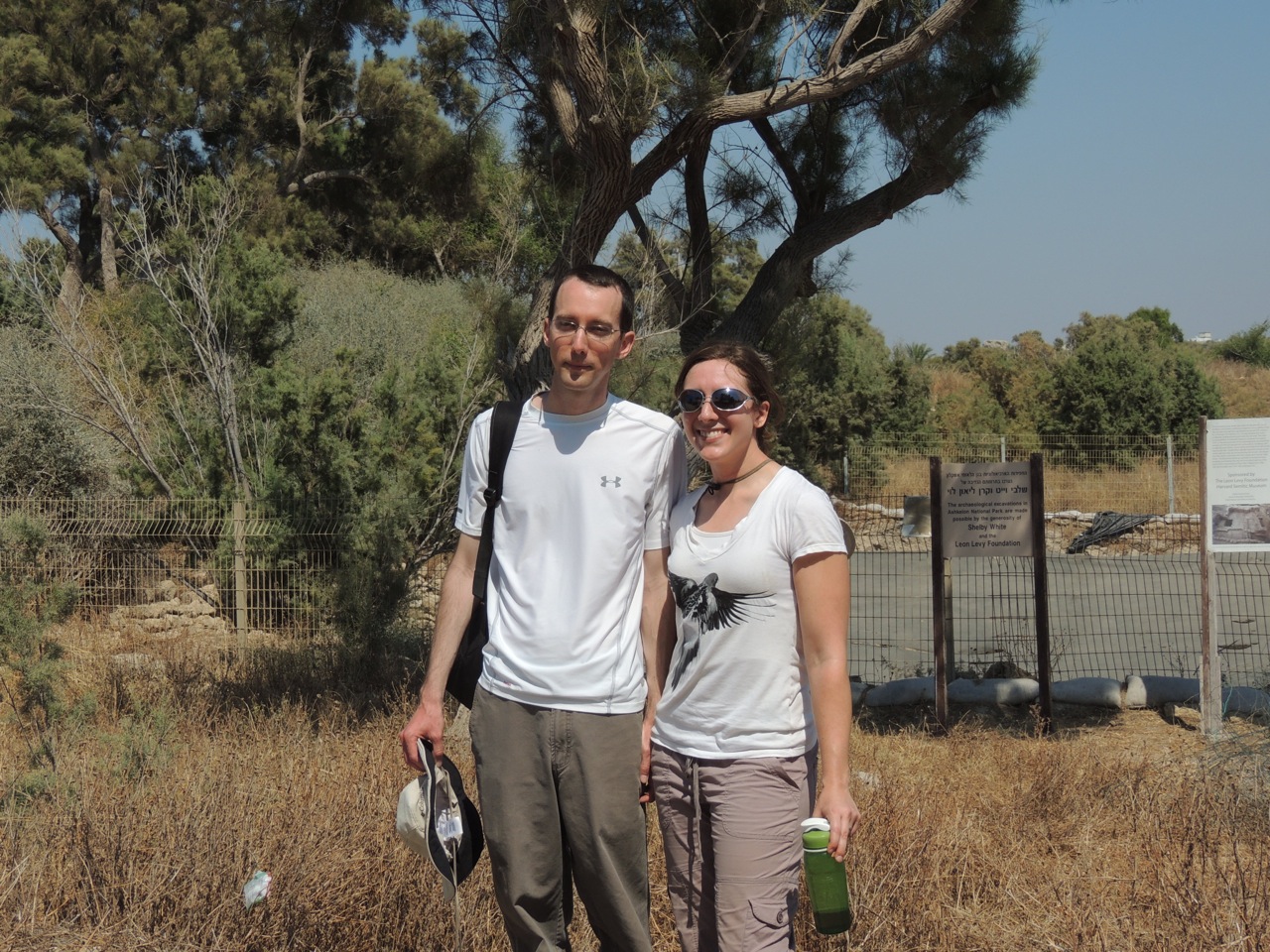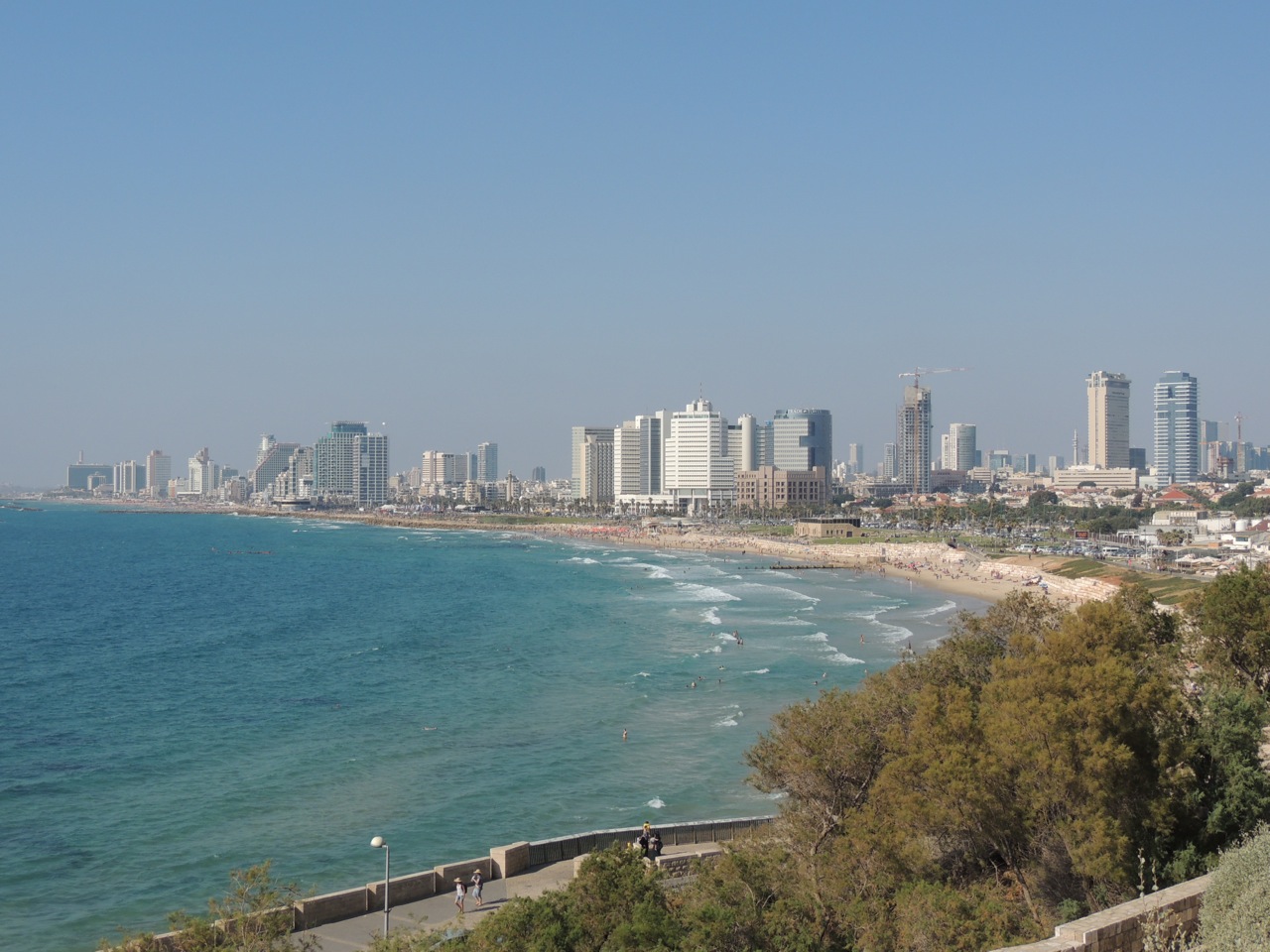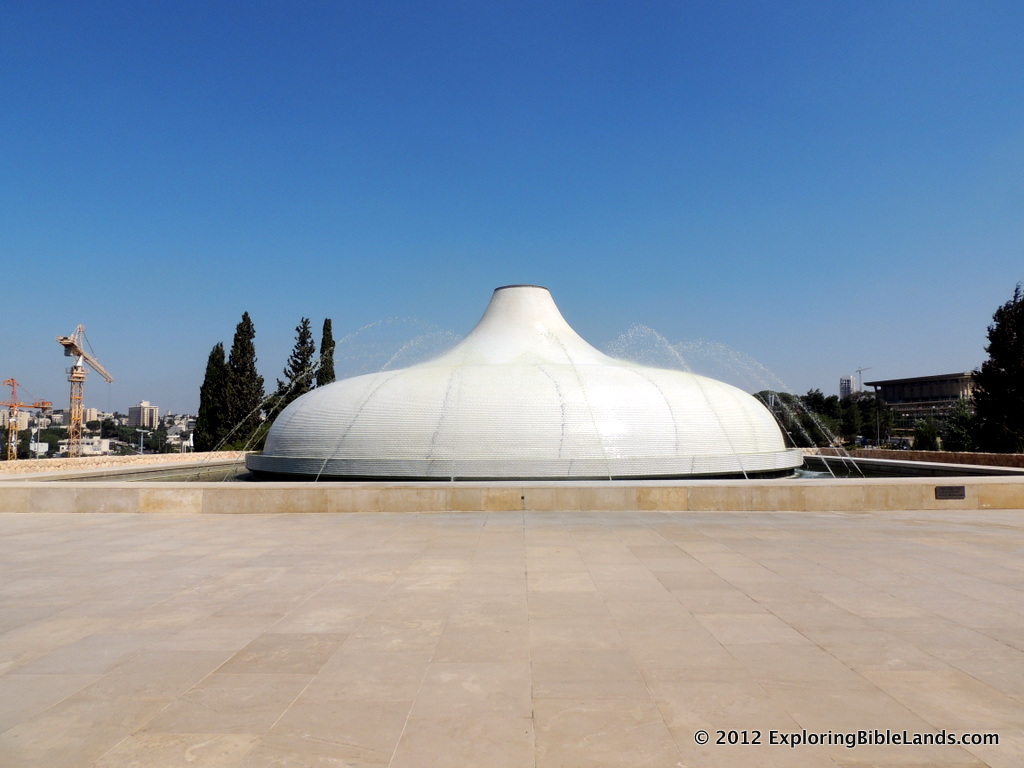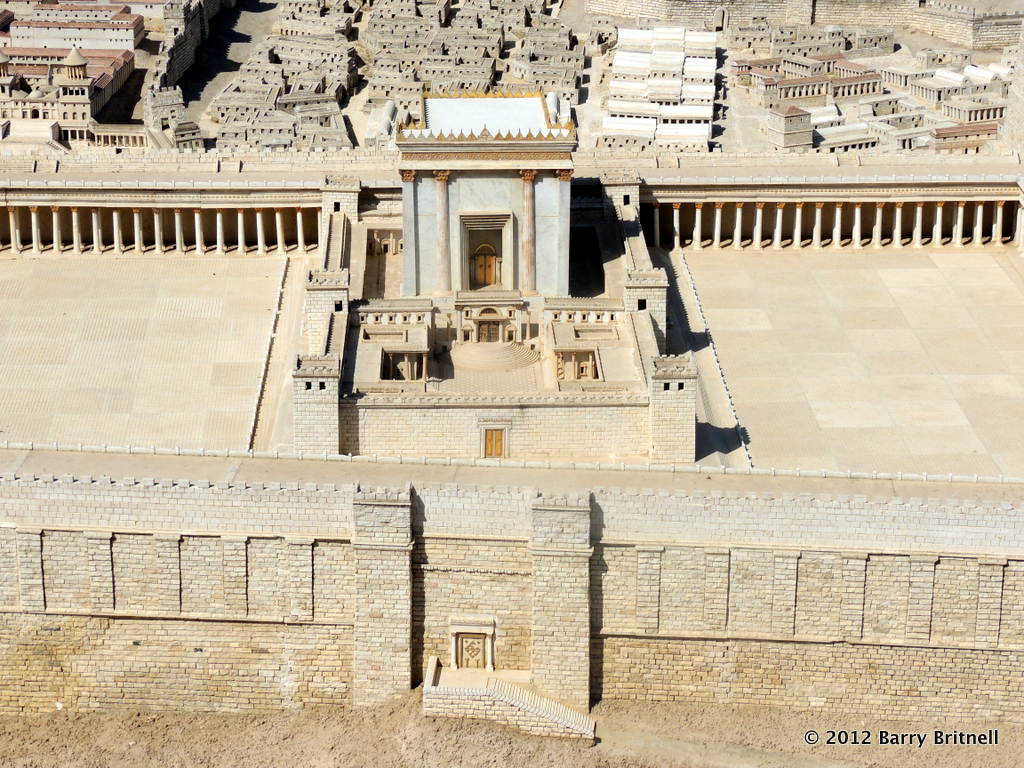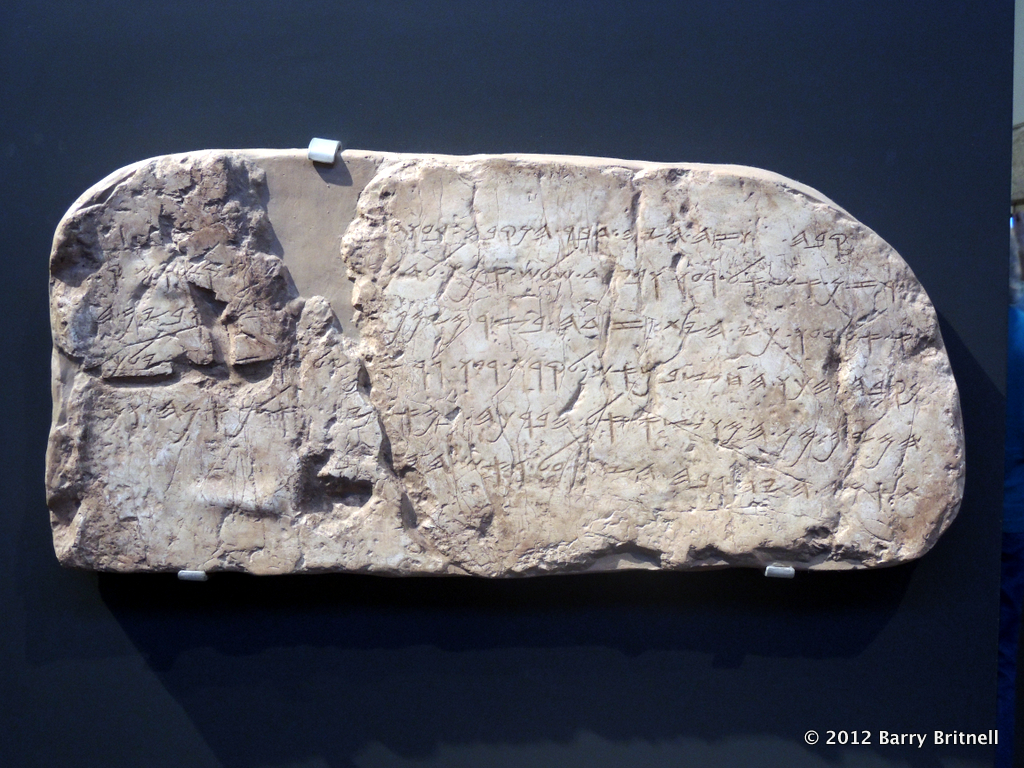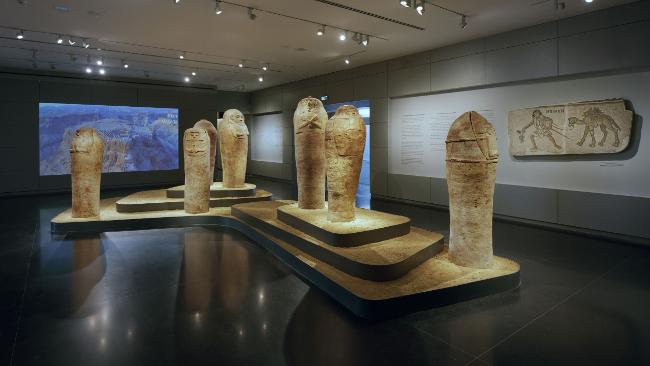Our final day in Israel started with a visit to the Garden Tomb, sometimes referred to as Gordon's Calvary. This site is often offered as an alternative site to Golgotha from the Church of the Holy Sepulture. In my opinion, it is probably not the site of Golgotha, but it is a nice place to visit anyway. Afterwards, we visited the Israel Museum. Seeing the large, outdoor mode of Jerusalem during the first century helps to bring everything we have learned together. This model is a powerful teaching tool and I always encourage my tours to take many pictures. We were also able to view many of the Dead Sea Scrolls and many items in the Archaeological wing of the museum.
We drove out to the coast and walked around ancient Joppa. This stop in the late afternoon offers some panoramic views of the coastal area of Tel Aviv. I am always reminded of how Jonah came here and unsuccessfully tried to run away from God.
After dinner, we headed to the airport and flew home. It is hard to believe that this tour is already over. I always encourage my travelers to use this tour as a jumping off place to learn more about Biblical geography. If you understand the land of Israel, many of the Biblical stories become clearer and will enhance your understanding of the scriptures.
Before the nation of Israel entered into the promised land, Moses described the land to them. He said:
For the Lord your God is bringing you into a good land, a land of brooks of water, of fountains and springs, flowing out in the valleys and hills, a land of wheat and barley, of vines and fig trees and pomegranates, a land of olive trees and honey, a land in which you will eat bread without scarcity, in which you will lack nothing, a land whose stones are iron, and out of whose hills you can dig copper. And you shall eat and be full, and you shall bless the Lord your God for the good land he has given you. - Deuteronomy 8:7-10
Until next time, shalom.
Note: The photo at the top of this post is our group shot from the Mount of Olives.





